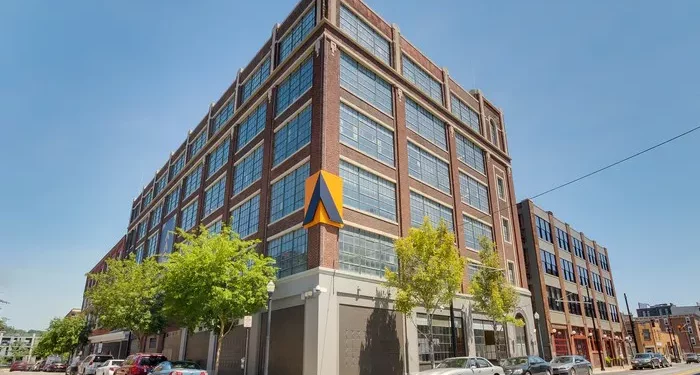In today’s globalized world, the United States continues to attract millions of visitors, students, workers, and immigrants seeking opportunities and experiences. Navigating the complex landscape of US visas can be daunting, but understanding the various types available is crucial for planning temporary stays or pursuing permanent residency. Let’s delve into the different categories of US visas, the application process, and additional resources for further guidance.
1. Visa Categories:
Nonimmigrant Visas: Nonimmigrant visas are designed for individuals seeking temporary entry into the United States for a specific purpose. These visas cover a wide range of activities, including tourism, business engagements, academic pursuits, and employment.
Tourist Visas (B-2):
Purpose: The B-2 visa is intended for individuals visiting the US for tourism, vacation, or medical treatment.
Eligibility: Applicants must demonstrate intent to return to their home country, sufficient funds to cover expenses, and ties to their home country.
Application Process: To apply, applicants typically need to complete the Form DS-160, pay the application fee, schedule an interview at a US embassy or consulate, and provide supporting documents such as a passport and evidence of ties to their home country.
Business Visas (B-1):
Purpose: The B-1 visa allows individuals to enter the US for business activities such as meetings, conferences, negotiations, or consultations.
Permitted Activities: Permissible activities include attending business meetings, conferences, or training sessions; negotiating contracts; and conducting market research.
Requirements: Applicants must demonstrate ties to their home country, the purpose of the trip, and sufficient funds to cover expenses.
Student Visas (F-1, M-1):
Purpose: F-1 visas are for academic studies, while M-1 visas are for vocational studies.
Eligibility: Applicants must have been accepted by a Student and Exchange Visitor Program (SEVP)-approved school, demonstrate sufficient funds to cover expenses, and maintain a residence abroad.
Application Process: Prospective students typically need to obtain a Form I-20 from their school, pay the SEVIS fee, complete the DS-160 form, and schedule an interview.
Work Visas (H-1B, L-1, etc.):
Purpose: Work visas allow foreign nationals to work in the US for a specific employer and duration.
Categories:
H-1B: For specialty occupations requiring specialized knowledge.
L-1: For intracompany transferees, allowing multinational companies to transfer employees to their US offices.
Requirements: Employers typically need to file a petition on behalf of the employee, demonstrating the need for their skills and compliance with visa regulations.
Exchange Visitor Visas (J-1):
Purpose: J-1 visas facilitate cultural exchange programs, including au pair programs, internships, research, and teaching.
Program Categories: J-1 programs include categories such as au pair, summer work travel, research scholar, and professor.
Immigrant Visas: Immigrant visas are for individuals seeking permanent residency in the United States. These visas are granted based on family relationships, employment offers, or investment in the US economy.
Family-Based Immigration:
Purpose: Family-based immigrant visas allow US citizens and lawful permanent residents to sponsor certain family members for permanent residency.
Visa Categories: Immediate relative visas are available for spouses, children, and parents of US citizens, while family preference categories include siblings and adult children of US citizens, as well as spouses and children of lawful permanent residents.
Employment-Based Immigration:
Purpose: Employment-based immigrant visas are for individuals with specific skills, professions, or investments that benefit the US economy.
Categories: These visas include preference categories for priority workers, professionals with advanced degrees or exceptional ability, skilled workers, and investors.
2. Additional Information:
Visa Application Process: The visa application process typically involves several steps, including completing the appropriate forms, paying fees, attending interviews, and providing supporting documents. Applicants should consult the official website of the US Department of State for specific instructions and requirements based on their visa type.
Resources: For detailed information on specific visa categories, eligibility criteria, and application procedures, applicants can refer to the following official US government websites:
USCIS: United States Citizenship and Immigration Services
Travel.State.Gov: US Department of State – Bureau of Consular Affairs
Visa Wait Times: Processing times for US visas vary depending on the visa category, the volume of applications, and individual circumstances. Applicants can check current estimated wait times on the US Department of State’s website or contact their nearest embassy or consulate for updates.
3. Content Format and Presentation:
To ensure clarity and accessibility, this guide employs clear and concise language, avoiding legal jargon wherever possible. Information is presented in a visually appealing format, including bullet points and internal linking for further exploration of specific visa categories.
Conclusion
Navigating the intricacies of US visas can be challenging, but with the right information and resources, individuals can successfully plan their temporary stays or pursue permanent residency in the United States. By understanding the different visa categories, application processes, and available resources, applicants can navigate the journey to achieving their immigration goals with confidence and clarity.
FAQs
How many types of US visa are there?
There are several types of US visas, including immigrant visas (for permanent residency) and non-immigrant visas (for temporary stays). Non-immigrant visas include categories such as tourist visas (B-1/B-2), work visas (H-1B), student visas (F-1), and more.
What is US visa type B1 B2 or B2?
The US visa type B1/B2, or simply B2, is a non-immigrant visa for temporary visitors for pleasure or business purposes. The B1 component is for business visits, such as conferences or consultations, while the B2 component is for tourism, vacations, or medical treatment.
What does visa type R B1 B2 mean?
Visa type R B1/B2 typically refers to a US visa for religious workers, combined with the B1/B2 visa components. The R visa allows individuals to enter the US temporarily to work in religious capacities, while the B1/B2 components permit activities related to business and tourism during their stay.
Related topics:




















